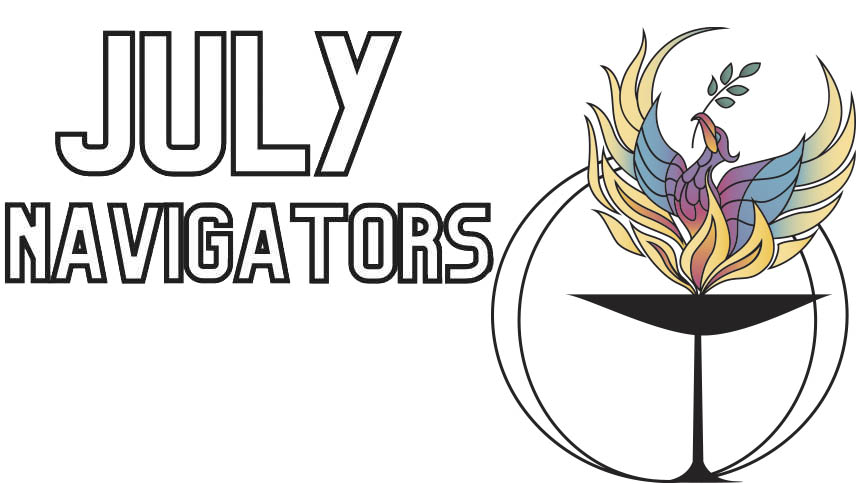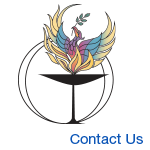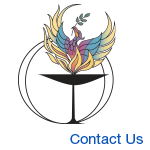
Thank you everyone that attended our first July meeting. Our second meeting of the month will be on Monday, July 25 at 6:00pm. At this meeting, we will continue discussing the difference between individual action and systemic change. As a group, we will be using the “Threatened and Endangered Animals and Plants” PDF from Endangered.org to discuss what individual or group actions we could try taking this fall to help protect the environment.
Our second activity will be looking at the systemic actions conservation groups are taking to protect threatened Mexican Gray Wolf populations. Through this activity, we will learn some of the language used in bills and protection acts. We will also discuss the efficacy of the protective measures for the populations of the Gray Wolf.
We hope you will join us on Zoom: Zoom ID: 849 3528 7782 | Passcode: 707448
Below you will find our original information for July. It is a good read for understanding what we discussed in our first July meeting and also to see where some of the ideas came from:
For the month of July, we are going to look at the role we play as individuals in the fight for the environment and against climate change. As individuals and communities, we often discuss how we can change our individual actions to help the environment and curb carbon emissions. It is important for our youth to have a realistic outlook on what they can change. It is also very relevant for our youth to be capable of distinguishing between the individual and systemic impacts of climate change.
Climate change is literally a global issue. Many of the solutions that can deeply curb carbon emissions would have to occur at a systemic level. Systemic can be defined as: “relating to a system, especially as opposed to a particular part”. As you look at the following resources, reflect on the definition of systemic.
Below we have two resources that look at this relationship between individuals and systemic change. The first is a PDF that looks at the relationship between what pushes animals and plants toward extinction and what can potentially stop them from becoming endangered. It also highlights positive ways different animal and plant populations have been increased to avoid extinction: Threatened and Endangered Animals and Plants.
The second resource is a video about recycling. This video looks deeper into the issues of systemic and individual change in relationship to the environment: Is recycling worth it anymore? People On The Front Lines Say Maybe Not.
As a family or as an individual, take a look at these resources and discuss the differences between systemic and individual change in relationship to the environment.




